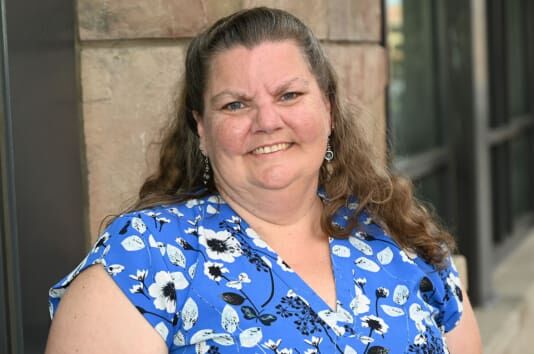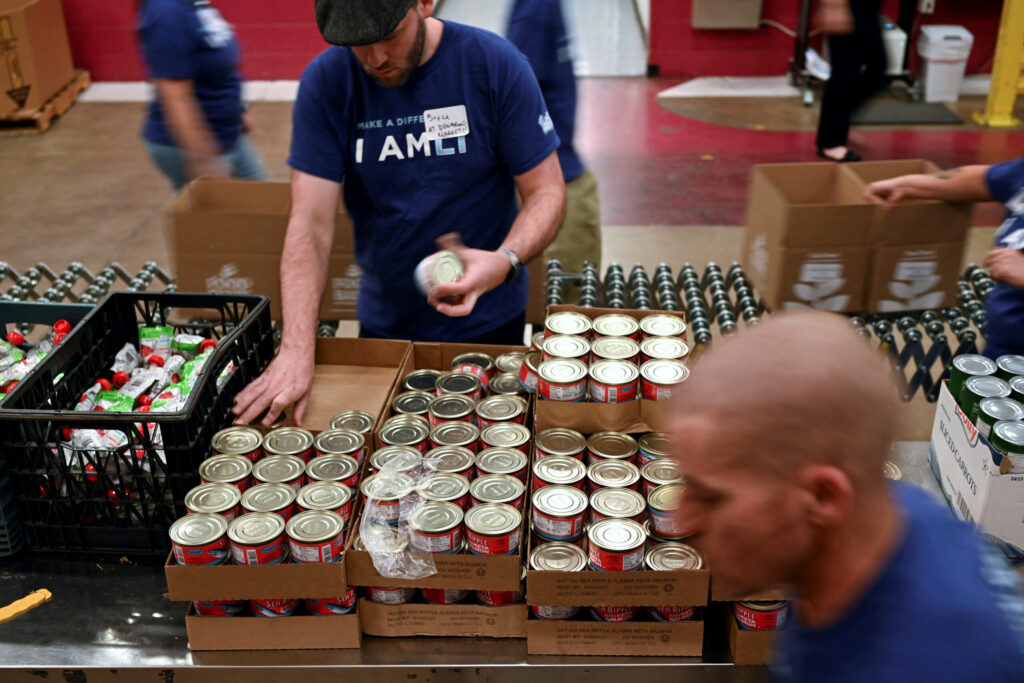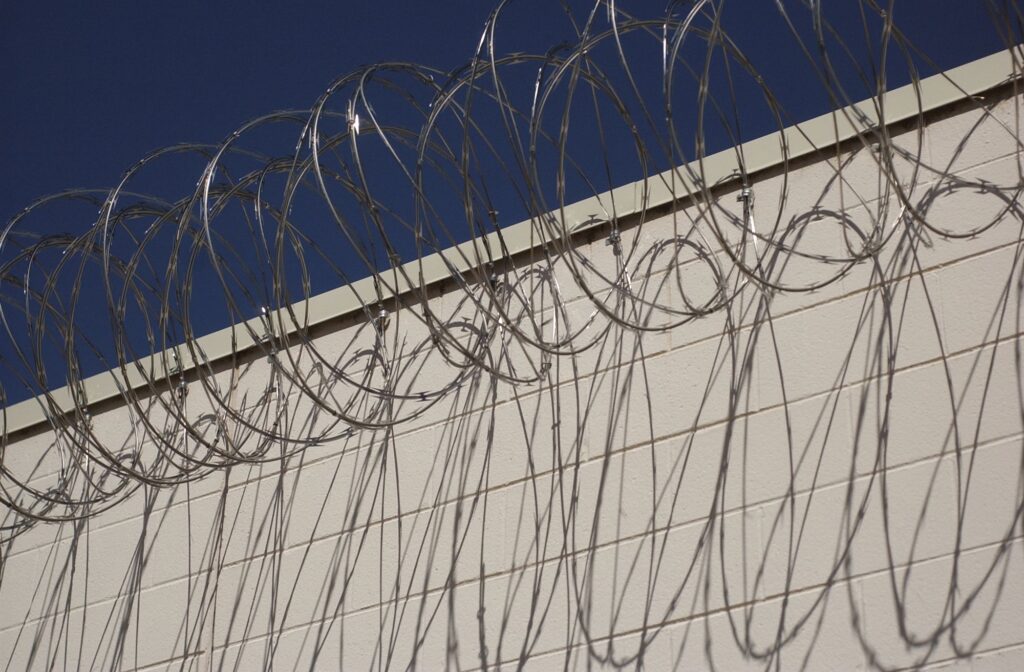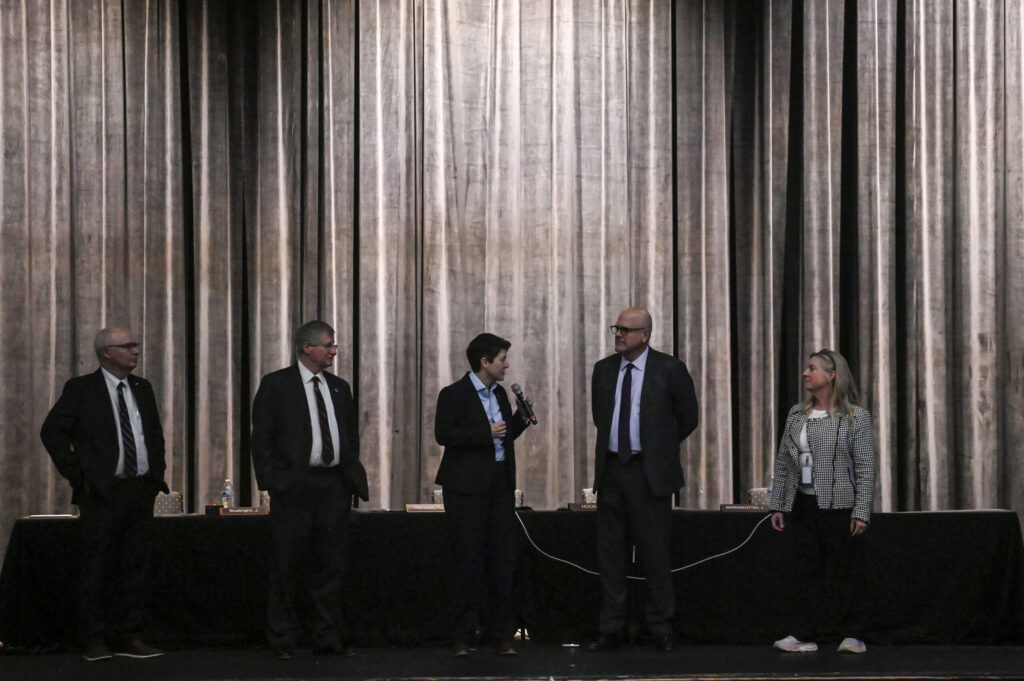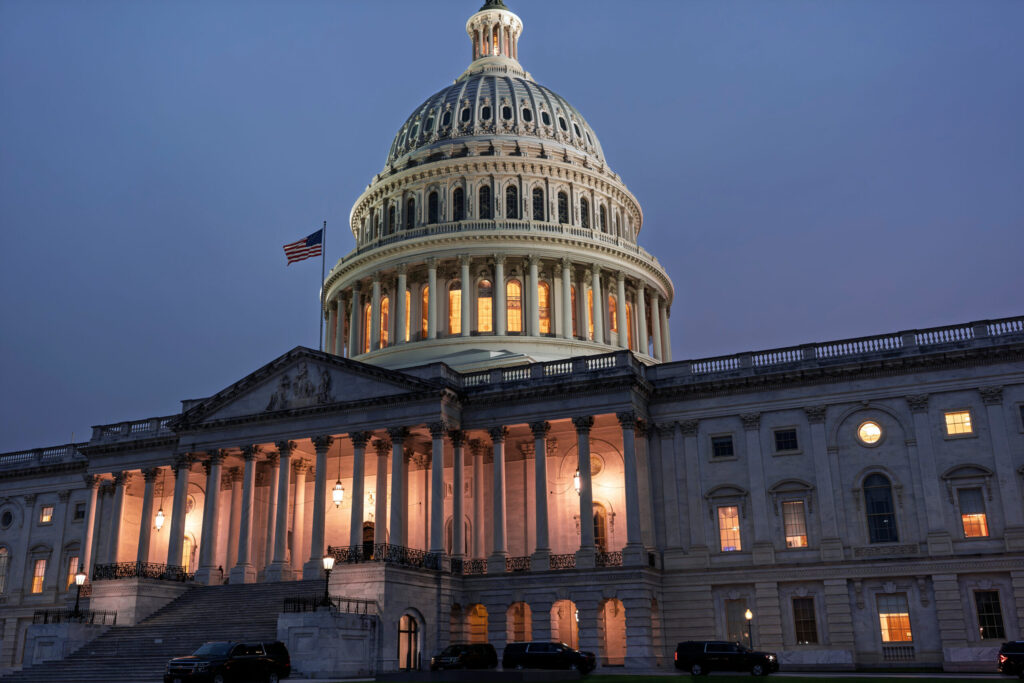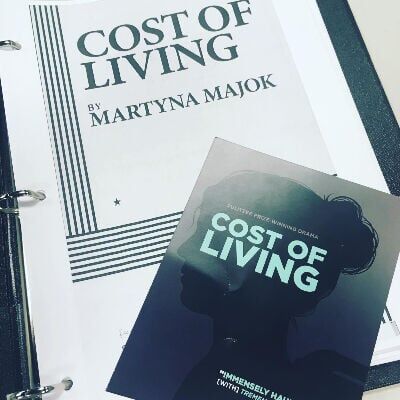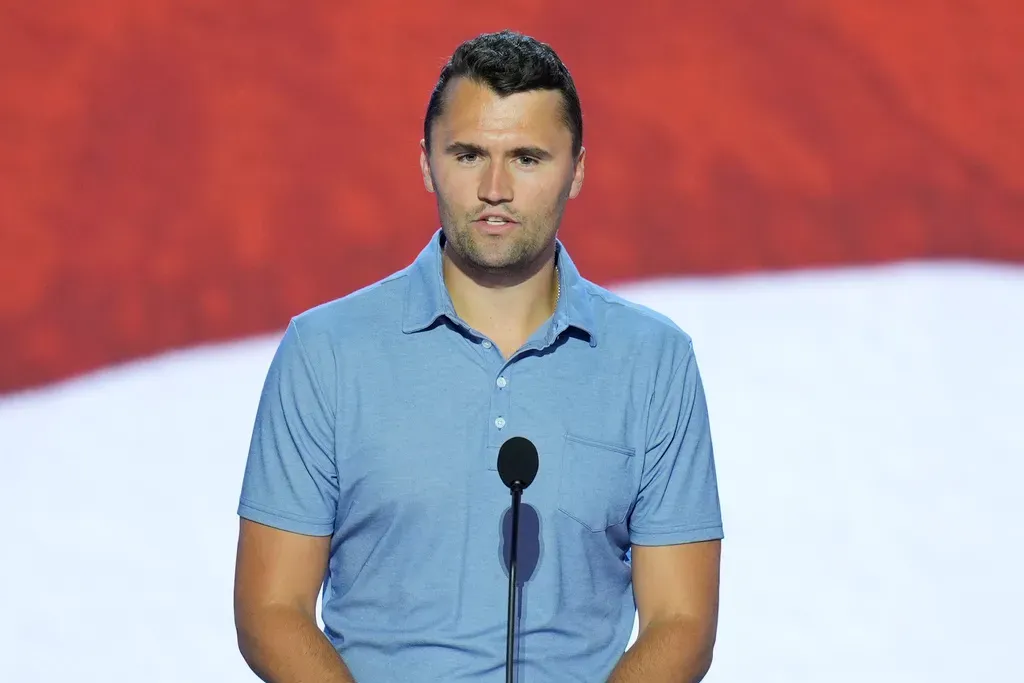RTD budget rises as ridership numbers remain low, study says
Metro Denver’s Regional Transportation District, despite budget increases over the past four years, is witnessing a slow post-pandemic recovery in ridership levels amid a simultaneous rise in RTD crime rates, according to a Common Sense Institute study.
The study, titled “A Fork in The Railroad,” shows how RTD has fared with lower ridership amid increased budgets and crime surrounding metro Denver’s transit authority.
A writer of the study, CSI’s Kelly Brough, told The Denver Gazette CSI wanted to determine, post COVID-19 pandemic, “are we getting the return on this investment in our transit system that we need?”
The answer, she said, “is not anywhere near what we need to get the kind of value in the system.”
Brough insisted RTD needs to increase ridership to get back to where it needs to be — a time when passengers feel safer with more people onboard and provide increased revenue for a recovering transit authority, she said.
Whether it’s on the train or bus, post COVID-19 pandemic RTD ridership numbers are still recovering, according to both RTD officials and CSI’s report.
“RTD should focus its efforts on attracting and maintaining riders, with an eye towards alleviating concerns of safety,” CSI’s report said.
CSI describes itself as “a non-partisan research organization dedicated to the protection and promotion of Colorado’s economy,” according to its mission statement.
Increased budget, decreased ridership
In 2023, RTD budgeted a record $855.7 million, but only drew an estimated 63.4 million “unlinked trips,” according to CSI. Just over 65 million riders boarded RTD trains or buses last year, according to RTD.
Unlinked trips, a U.S. Bureau of Transportation statistic, tracks the total number of riders boarded on an individual train or bus without transferring.
That’s compared to 2014 — at the time with a $477.3 million operating budget — RTD drew over an estimated 104 million unlinked trips. In 2019, the number of unlinked trips reached 105.2 million riders under a $644.36 million budget. During the COVID-19 shutdown period in 2020, with a $623.98 million operating budget, RTD ridership numbers dropped as low as 52.3 million unlinked trips, according to CSI numbers based on federal data.
From 2019 to 2022, RTD ridership recovered only 54% of its ridership from COVID-19 pandemic era lows. In 2022, there was 61.28 million unlinked trips, according to CSI’s findings.
“Between 2019 and 2022, ridership fell 46% while its operating budget increased 3%,” CSI’s report said, adding that as of Jan. 31, fares have only amounted to 4.4% of RTD’s overall budget.
In 2011, that number peaked to 21.4% of the budget generated from rider fares, according to CSI.
RTD officials, in response to CSI’s report, said 2023’s ridership numbers are less than the number of passengers prior to the COVID-19 pandemic, but “closely aligns with nationwide ridership trends.”
CSI’s report said: “Among 23 metro transit systems spanning bus, light, and heavy rail, RTD ranks 17th in overall spending, 15th in the number of unlinked trips, 10th in the amount of operational expense per trip, 19th in use rate per service area population, 17th in number of miles transported, and 17th in spending per mile of rider travel.”
“I know the pandemic has an effect, but the pandemic was worldwide and affected everybody’s systems,” Brough said. “Lots of them had a much better recovery than what we have had.”
Brough attributed RTD trends being lower than other cities because of higher ridership rates there.
In response to CSI findings, RTD emphasized three strategic initiatives they are implementing: Back to Basics, People Power and Welcoming Transit Environment.
“RTD appreciates the Common Sense Institute’s focus on the agency’s operational environment, challenges, and opportunities,” RTD officials said. “Many of the report’s recommendations closely align with efforts already underway by the agency to create a welcoming transit environment.”
Crime concerns
Brough and CSI insist crime is a leading factor in lagging RTD ridership numbers.
RTD fielded 13,938 calls for service in 2023, both via phone and its Transit Watch application. The agency saw 12,064 calls for service in 2022, according to RTD.
These 2023 numbers include 20 calls for weapon offenses, 146 for threats, 11 for menacing and 82 for assault.
RTD officials previously said they want to approach fighting crime strategically. Specifically, their strategy is based on a vigilant public.
“We want customers to see something, say something. The only way the system will get safer and be able to be utilized by all of us for what it was meant to be is we all have to work together,” RTD spokesperson Stuart Summers previously said.
Also, RTD is implementing its “Welcoming Transit Environment” initiative, a strategy “reducing the impacts of criminal behaviors and Customer Code of Conduct violations, improving community and employee concerns related to personal safety and security, and creating an overall transit environment that provides a safe, convenient, and enjoyable experience for all customers and employees,” RTD officials said in a statement.
Summers said transit systems and governments need to work on increasing awareness and respect for operators. He said he has heard of drivers unwilling to share their experiences or troubles because they don’t believe anyone would listen.
Crime rates on Colorado public transit systems continue to rise, according to CSI findings. Between 2019 and 2023, violent crime on Colorado transit systems have increased 53% (144 to 220) and property crimes have increased 53% (846 to 1595). During that same time period, drug crimes increased 248% (89 to 310) and drug paraphernalia charges have increased 858% (40 to 383).
Without reporting exact numbers, CSI said Colorado transit systems have seen an 86% rise in aggravated assault, a 32% rise in non-consensual sex assault and a 32% rise in robbery.
In 2024, RTD intends to reach 119 RTD sworn officers patrolling RTD property.
“With increased staffing, RTD-PD in May 2024 introduced a dedicated team of officers working an overnight shift, ensuring RTD calls for service are prioritized at any hour by the agency’s own police officers,” RTD officials said in a statement.
To combat drug-use concerns, all RTD officers carry Narcan to ward off potential opioid overdoses. In 2023, RTD officers had to administer Narcan to 103 people experiencing an overdose at RTD stops and stations, in buses and trains, according to the transportation authority.
“Ridership matters,” Brough said. “You got to feel safe, but it’s got to be safe if you’re going to use the system.”
As crime in Denver soars, RTD finds itself in the frontlines


